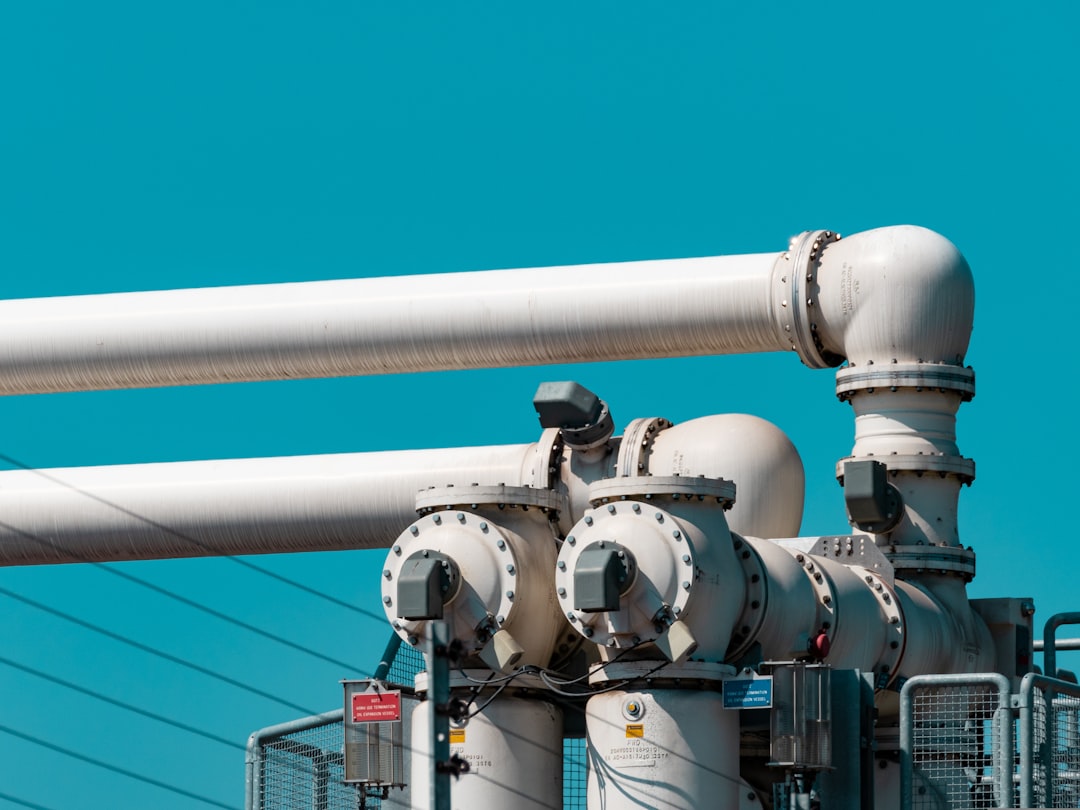What is it about?
The study titled "Machine learning approaches for prediction of fine-grained soils liquefaction" focuses on utilizing machine learning techniques to predict the liquefaction potential of fine-grained soils. Liquefaction is a phenomenon where saturated soils lose their strength and behave like a liquid under the influence of stress, often leading to significant damage during earthquakes. Traditional methods for liquefaction prediction rely on complex and time-consuming laboratory tests. In this study, the researchers explore the application of machine learning algorithms to develop predictive models for soil liquefaction. They collect a dataset that includes various geotechnical parameters and historical liquefaction occurrences. These parameters may include soil properties, earthquake characteristics, and site-specific information. The dataset is then used to train and evaluate different machine learning models, such as decision trees, support vector machines, or artificial neural networks. By analyzing the relationships between the input parameters and liquefaction occurrences, the models learn to make accurate predictions. The performance of the models is assessed using appropriate evaluation metrics, such as accuracy, precision, recall, or area under the receiver operating characteristic curve. The study's findings demonstrate the potential of machine learning in predicting soil liquefaction, providing an alternative to time-consuming and expensive laboratory tests. The developed models can be used to assess liquefaction potential in different geotechnical engineering projects, such as the design of foundations, assessment of infrastructure vulnerability, or land-use planning in seismic-prone regions. By applying the findings of this study, engineers, geotechnical experts, and urban planners can enhance their decision-making processes, optimize resource allocation, and mitigate the risks associated with soil liquefaction. The study contributes to advancing the field of geotechnical engineering by integrating machine learning techniques into traditional geotechnical practices, ultimately leading to safer and more resilient infrastructure development.
Featured Image

Photo by Zbynek Burival on Unsplash
Why is it important?
The study holds significant importance as it offers an innovative approach to predict soil liquefaction using machine learning techniques. Soil liquefaction poses a significant threat to infrastructure and public safety during seismic events. By utilizing machine learning models, the study provides a faster and more cost-effective alternative to traditional laboratory testing methods for liquefaction prediction. The findings of this study have practical implications for geotechnical engineers, urban planners, and infrastructure developers. Accurate prediction of soil liquefaction potential can help in designing robust foundations, identifying vulnerable areas, and implementing appropriate mitigation measures. By incorporating machine learning into the liquefaction prediction process, decision-making becomes more informed, leading to enhanced infrastructure resilience and reduced risks to human life. Furthermore, the study contributes to the advancement of the geotechnical engineering field by exploring the potential of machine learning in soil behavior modeling. It expands the scope of traditional approaches and encourages the integration of emerging technologies into geotechnical practices. This interdisciplinary approach has the potential to revolutionize how geotechnical engineers analyze and predict soil behavior, improving the efficiency and accuracy of engineering solutions. The study also highlights the broader application of machine learning in the civil engineering domain. By demonstrating its effectiveness in soil liquefaction prediction, it opens doors for leveraging machine learning techniques in other geotechnical and seismic hazard assessments. Overall, this study's significance lies in its ability to provide a practical and efficient solution for predicting soil liquefaction, enabling informed decision-making, enhancing infrastructure resilience, and ultimately contributing to the safety and sustainability of urban environments.
Perspectives
The study opens up several perspectives for future research and application. Firstly, further exploration can be done to improve the accuracy and robustness of the machine learning models used for soil liquefaction prediction. This includes investigating advanced algorithms, ensemble methods, or hybrid approaches that combine multiple models to enhance predictive performance. Additionally, expanding the dataset used for training the models can lead to more comprehensive and reliable predictions. Incorporating data from diverse geographical locations, soil types, and seismic events can improve the generalization capabilities of the models and make them applicable to a wider range of scenarios. Furthermore, considering the uncertainties and variability inherent in geotechnical data, it is crucial to explore methods for quantifying and propagating uncertainty in the predictions. Probabilistic approaches or Bayesian frameworks can provide more realistic assessments of liquefaction potential, taking into account the inherent variability and uncertainties in the input parameters. Moreover, the study primarily focuses on fine-grained soils, and there is room for investigating the applicability of machine learning approaches to other soil types or engineering materials. Assessing the performance and limitations of the models for coarse-grained soils or mixed soil types would broaden the scope of their practical applications. Additionally, integrating remote sensing data, geophysical techniques, or real-time monitoring data can enhance the accuracy and timeliness of soil liquefaction predictions. By combining different data sources, the models can capture more comprehensive and dynamic information about the soil behavior and improve the reliability of predictions. Lastly, considering the deployment of the developed models in practical applications, user-friendly interfaces, and visualization tools can facilitate their adoption by practitioners and decision-makers. Building intuitive and accessible platforms can enable engineers and planners to utilize the models effectively in their design and decision-making processes. By pursuing these perspectives, future research can advance the field of soil liquefaction prediction, improve the applicability of machine learning approaches, and support more informed decision-making in geotechnical engineering and urban planning.
Dr. Caner Erden
Sakarya University of Applied Sciences
Read the Original
This page is a summary of: Machine learning approaches for prediction of fine-grained soils liquefaction, Computers and Geotechnics, December 2022, Elsevier,
DOI: 10.1016/j.compgeo.2022.105014.
You can read the full text:
Contributors
The following have contributed to this page










